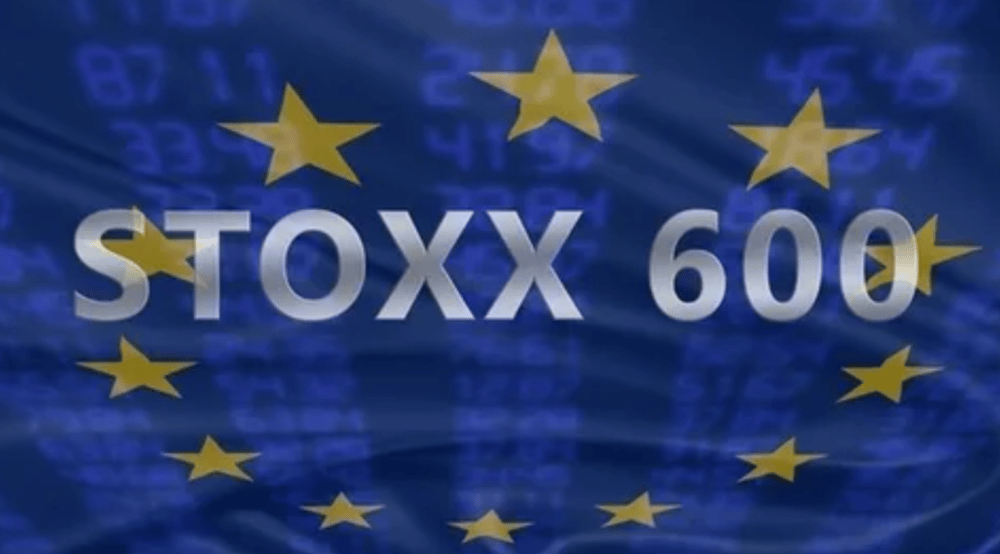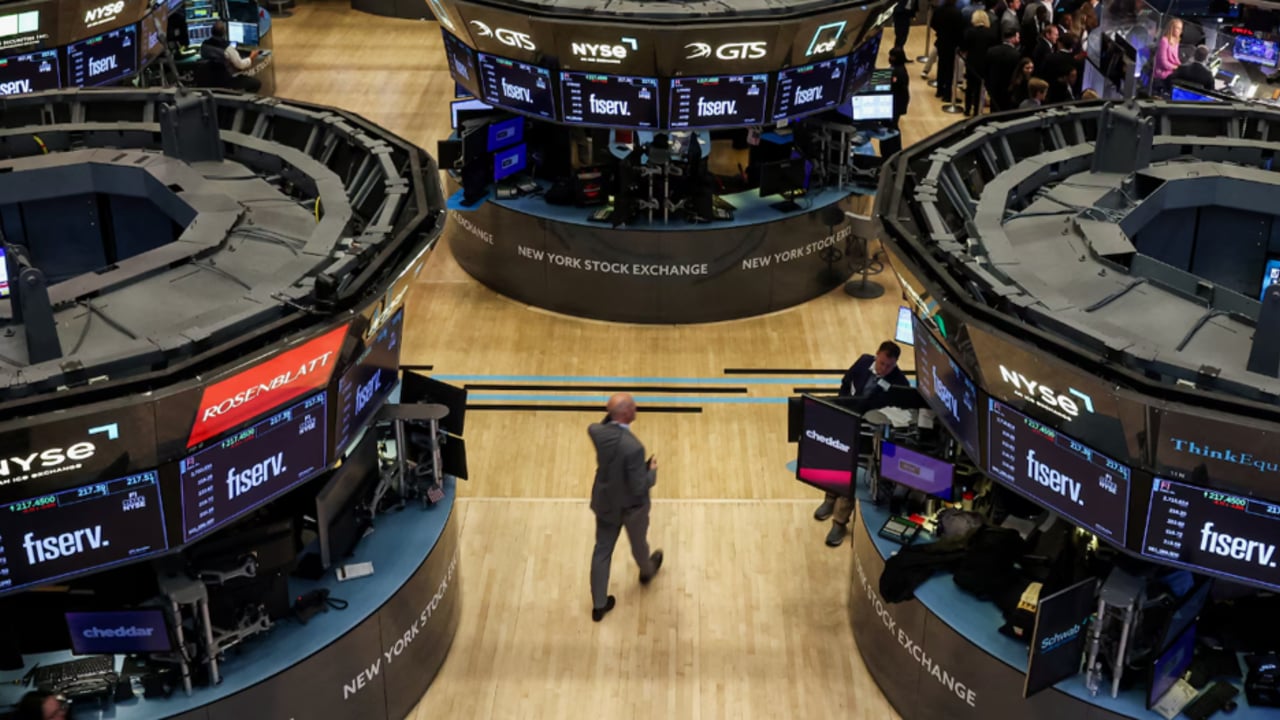The 3.1% drop in the STOXX 600 index last Friday has become a clear indication that the market is entering a corrective phase. After reaching a record high on March 3, the index has fallen by over 10% from its peak, signaling drastic changes in market dynamics. This decline follows a 2.6% drop on the previous day, which came on the heels of US President Donald Trump's announcement of extensive tariff measures. These new tariffs sent shockwaves through global stock markets, adding further pressure on the STOXX 600 and emphasizing the vulnerability of markets to external economic and political factors.
Origins of Market Waves
Global financial markets are currently navigating a period of uncertainty, influenced by a host of events that shape investor sentiment. Recent market corrections underline the sensitivity of economies to global geopolitical shifts as well as key policy decisions from leading nations. The announcement of broad-based tariffs has further amplified investor anxiety, igniting a chain reaction across the globe. These developments compel market participants to re-evaluate their strategies while reminding stakeholders of the inherent risks involved in maintaining record highs amid volatile geopolitical climates.
Key Factors Shaping the Current Dynamics
Industry experts assert that the correction in the STOXX 600 serves as a warning that market expectations are being reconfigured in response to accumulating challenges. Below is a numbered list of the primary drivers that have influenced the index's trajectory:
1. The announcement of broad tariff measures by the US President, which triggered an initial wave of market instability.
2. A decline in investor confidence in response to the uncertainty surrounding global trade relations.
3. Heightened pessimism about the outlook for the global economy amid increasing geopolitical tensions.
4. Technical market corrections following record-setting growth, a natural phenomenon in the cyclical behavior of markets.
These factors illustrate the notion that sustained market stability is elusive, and increased volatility is becoming a norm in today’s economic environment.
Noteworthy Insights into the Situation
- Sudden policy shifts can have a pronounced impact on global financial markets.
- Market corrections following rapid gains underscore the cyclical nature of economic trends.
- Investor sentiment plays a critical role in the performance of major indices and asset valuations.
- Market reactions to rumors and policy announcements can be even more intense than anticipated by seasoned analysts.
An Expert’s Perspective on Trends and Future Outlook
A thorough analysis of today’s European markets reveals that the correction in the STOXX 600 is not an isolated event; it forms part of a broader narrative of an evolving global financial landscape. Economists and market analysts emphasize that both internal and external factors must be taken into account when assessing current conditions. The real challenge lies in evaluating risks associated with geopolitical decisions and shifts in monetary policies of leading nations.
The confluence of macroeconomic influences means that, even in the presence of positive economic indicators, the dynamics of global stock markets remain highly sensitive to the latest developments. This period of instability could serve as a catalyst for long-term adjustments in asset pricing, impacting the operational and strategic decisions of major corporations and institutional investors. Detailed analytical reports underline the importance of a comprehensive approach when interpreting market trends, where every fiscal and monetary decision carries far-reaching implications.








It's a stark reminder of how quickly markets can shift in response to geopolitical tensions.
This decision has the potential to reshape the role of automation in the swiftly changing tech landscape.